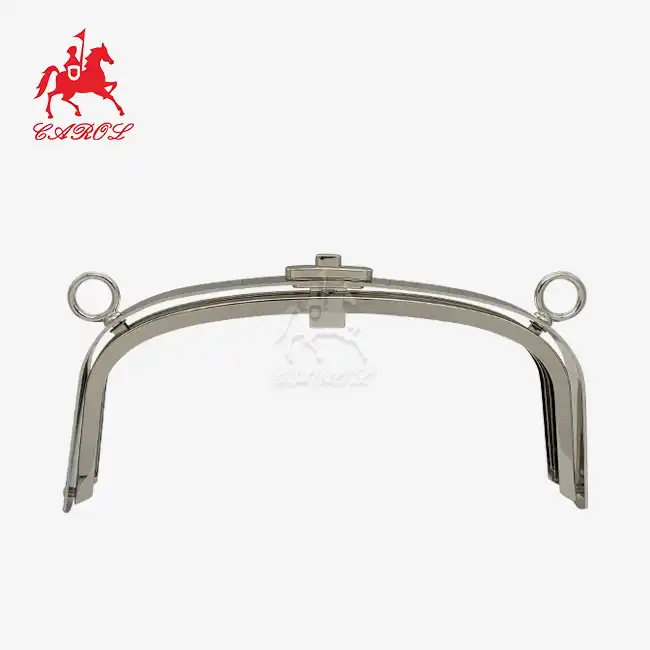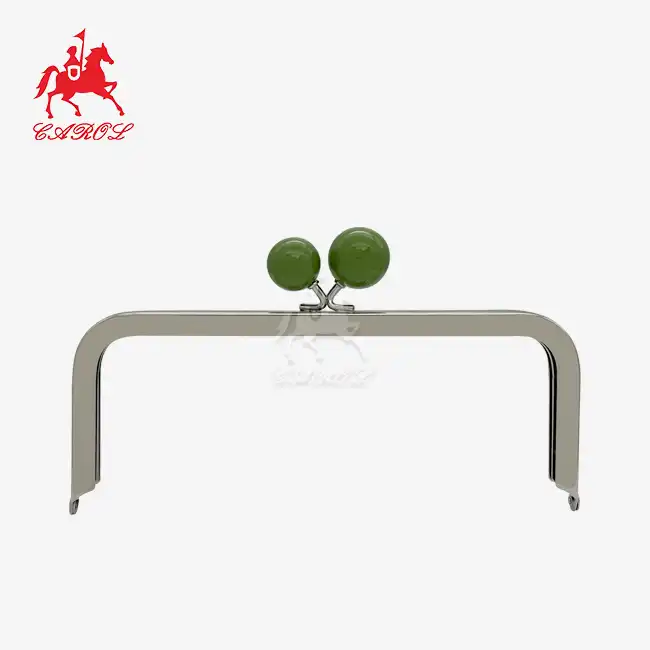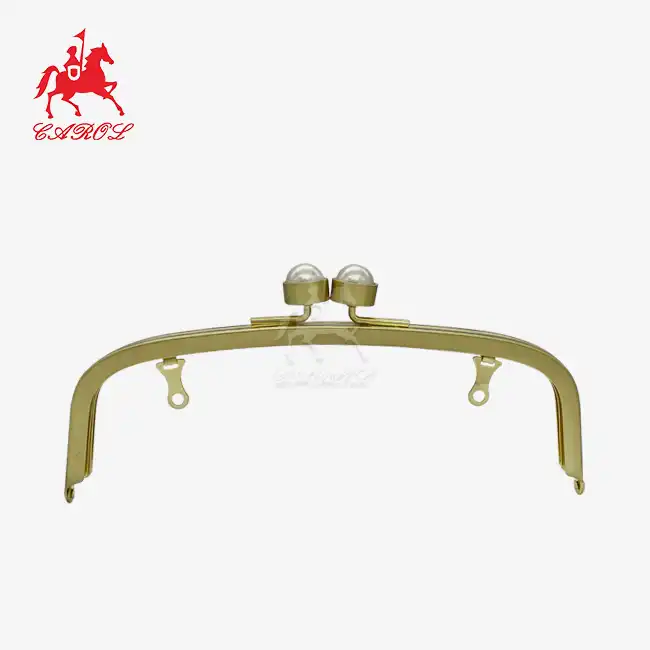What kind of hook is on a dog leash?
A dog leash hook is a critical component that ensures secure attachment between the leash and a dog's collar or harness. Without a reliable hook, walks, training sessions, or outdoor activities could pose safety risks for both the dog and its owner.
Snap Hook as the General Term for Dog Leash Hooks
Before exploring specific hook types, it is necessary to establish the overarching term that encompasses most dog leash hooks. This foundational knowledge helps avoid confusion when encountering different product labels or industry terminology.
Definition and Core Function of Snap Hooks
The metal hook on a dog leash is universally categorized as a “snap hook”, a broad term referring to any clipping mechanism designed to attach securely to a collar or harness.
The primary function of a snap hook is to create a stable, yet easily operable connection: it must stay closed during movement (e.g., walking, running) to prevent the dog from escaping, while also allowing the owner to open it quickly when needed (e.g., attaching to a fence, removing the leash). Most snap hooks rely on a spring-loaded mechanism to achieve this balance, as the spring provides tension to keep the hook closed unless intentional force is applied to open it.
Key Design Element: Compatibility with D-Rings
Snap hooks are specifically engineered to pair with “D-rings”, the small, D-shaped metal rings attached to dog collars and harnesses. The shape of the snap hook's opening is tailored to fit around D-rings, ensuring a snug fit that minimizes slippage. This compatibility is non-negotiable: a snap hook that does not align with standard D-ring sizes (typically 1/2 inch to 1 inch in diameter, depending on the dog's size) may fail to lock properly, leading to accidental detachment. When selecting a snap hook, owners should verify that its opening width matches the D-ring size on their dog's collar or harness.
Now that we have clarified the general term and core function of dog leash hooks, we can dive into the specific types of snap hooks available. Each type differs in design, operation, and ideal use cases, making it important to understand their unique characteristics to match them to individual needs.
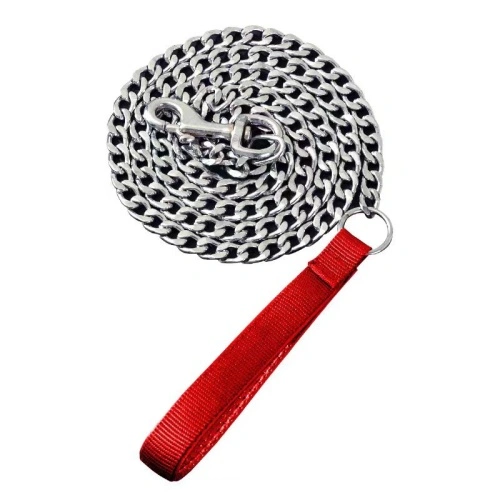
Types of Dog Leash Hooks: Structural and Functional Variations
While all dog leash hooks fall under the snap hook umbrella, three primary variants dominate the market: bolt snaps, trigger snaps, and carabiners. These types are distinguished by their opening mechanisms, structural designs, and load-bearing capacities. Knowing how each type works helps owners select the right hook for their dog's size, activity level, and personal preferences.
Bolt Snaps: Straight-Bolt Mechanism for Simple Reliability
Bolt snaps are one of the most common types of snap hooks used in dog leashes, valued for their simplicity and durability. Their defining feature is a straight, cylindrical “bolt” that slides horizontally to open or close the hook's gate (the part that covers the opening). A spring inside the hook applies constant pressure to the bolt, keeping the gate closed by default. To open the hook, the user pulls the bolt outward (away from the gate), which compresses the spring and creates space to slide the D-ring into the hook's cavity. When the bolt is released, the spring pushes it back into place, locking the D-ring inside.
Bolt snaps are ideal for everyday use with medium-sized dogs (e.g., Beagles, Cocker Spaniels) and low-intensity activities like neighborhood walks. Their straightforward design minimizes mechanical failure, as there are few moving parts to break or jam. However, they require two hands to operate (one to hold the leash, one to pull the bolt), which can be inconvenient for owners who need to multitask (e.g., holding a phone or a bag).

Trigger Snaps: Trigger-Style Mechanism for One-Handed Operation
Trigger snaps are a popular alternative to bolt snaps, designed to address the convenience gap of two-handed operation. Like bolt snaps, they use a spring-loaded mechanism; however, the part that opens the gate is shaped like a “trigger,” a small, lever-like component attached to the side of the hook. To open the hook, the user squeezes the trigger with their thumb or finger, which lifts the gate and compresses the spring. This design allows for one-handed operation, making trigger snaps ideal for owners who need to attach or detach the leash quickly (e.g., during training sessions, when handling multiple dogs, or when holding a child's hand).
Trigger snaps are well-suited for small to medium-sized dogs (e.g., Chihuahuas, Poodles) and activities that require frequent leash adjustments. However, their trigger mechanism is slightly more complex than a bolt snap's, meaning there is a higher risk of jamming if dirt, hair, or debris accumulates in the trigger's crevices. Regular cleaning is necessary to maintain smooth operation.
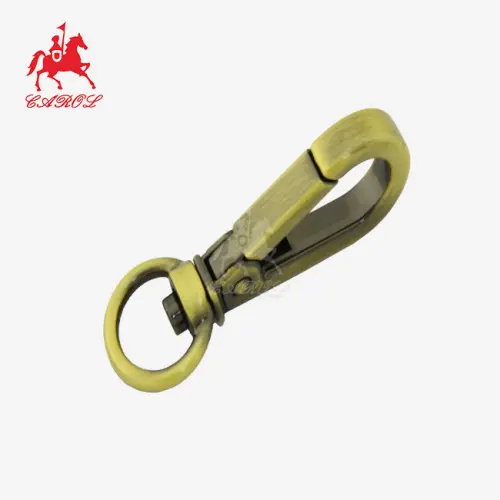
Carabiners: Heavy-Duty Loop Design for High-Tension Use
Carabiners, while originally designed for climbing and outdoor gear, have become a popular choice for dog leashes, especially for large or strong dogs (e.g., German Shepherds, Rottweilers) and high-intensity activities like hiking, camping, or agility training. Unlike bolt snaps and trigger snaps (which have a “hook” shape), carabiners feature a closed, oval, or D-shaped metal loop with a spring-loaded gate. The gate swings open to allow the D-ring to enter the loop and snaps shut to lock it in place.
Carabiners are distinguished by their exceptional load-bearing capacity: most dog leash carabiners can withstand 50 to 100 pounds of force, compared to 20 to 40 pounds for standard bolt or trigger snaps. They are typically made from high-strength materials like aluminum alloy or stainless steel, which resist bending or breaking under pressure. Additionally, many carabiners have a “twist-lock” mechanism, a secondary safety feature that requires the user to twist the gate before squeezing it open, preventing accidental opening if the gate catches on vegetation or other objects during outdoor activities.
While carabiners offer superior durability, they are heavier and bulkier than other snap hook types, which may be uncomfortable for small dogs or for owners who prefer a lightweight leash.
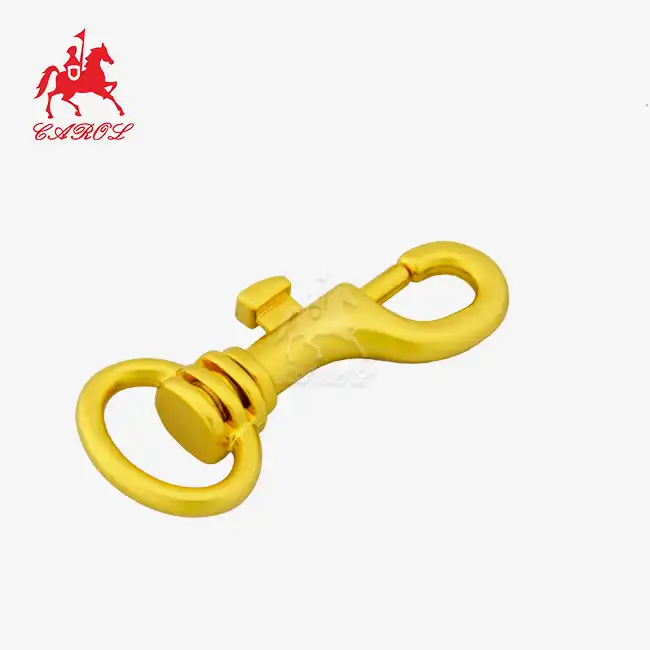
Practical Guidance: Selecting the Right Dog Leash Hook
Choosing a dog leash hook is not a one-size-fits-all decision; it requires evaluating factors like the dog’s size, activity level, and environment. Additionally, proper maintenance is essential to extend the hook's lifespan and prevent safety hazards. This section provides actionable advice to help owners make informed choices and keep their dog's leash hook in optimal condition.
Key Factors to Consider When Selecting a Dog Leash Hook
1. Dog Size and Strength: The most critical factor is matching the hook's load capacity to the dog's weight and strength. Small dogs (under 20 pounds) can use lightweight bolt or trigger snaps, while medium dogs (20 to 50 pounds) may require sturdier bolt snaps or heavy-duty trigger snaps. Large dogs (over 50 pounds) or strong pullers should use carabiners, as their higher load capacity reduces the risk of the hook breaking under tension.
2. Activity Type: For everyday walks or indoor use, trigger snaps are convenient for frequent adjustments. For outdoor activities like hiking or camping, carabiners are preferred for their durability and resistance to environmental damage. For training sessions (e.g., obedience training, agility), bolt snaps may be better, as their simple design minimizes distractions.
3. Material: Most dog leash hooks are made from stainless steel, aluminum, or zinc-plated steel. Stainless steel is the most durable and rust-resistant, making it ideal for outdoor use or for dogs that swim frequently. Aluminum is lightweight but less strong, suitable for small dogs. Zinc-plated steel is affordable but prone to rust if the coating wears off, making it best for indoor use or short-term use.
4. Ease of Use: Owners with limited hand strength (e.g., seniors) may find trigger snaps easier to operate than bolt snaps. For owners who need to multitask, one-handed trigger snaps or twist-lock carabiners are more practical.
Ready to elevate your dog-walking experience or boost your product line with premium dog leash hooks? Don't hesitate to connect with Carol today, whether you need more details or want to discuss your unique requirements. Reach out directly to Tony at tony@carolxiao.com to explore how Carol’s specialized expertise in metal accessories can benefit both you and your furry companions.
References
- Pet Product Safety Association. (2023). Guidelines for Dog Leash Hardware Safety.
- Smith, J. D. (2022). Material Selection for Pet Leash Components. Journal of Materials Science for Consumer Products, 8(2), 45-62. American Kennel Club. (2023). Choosing the Right Leash and Collar for Your Dog.
- Outdoor Gear Institute. (2022). Carabiner Standards for Non-Climbing Applications (Including Pet Leashes).
- Jones, L. M. (2021). Maintenance and Care of Pet Leash Hardware. Pet Care Technology Review, 15(3), 78-91.
_1753256285958.png)

_1754990596544.webp)
